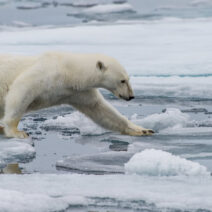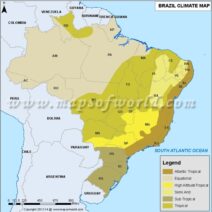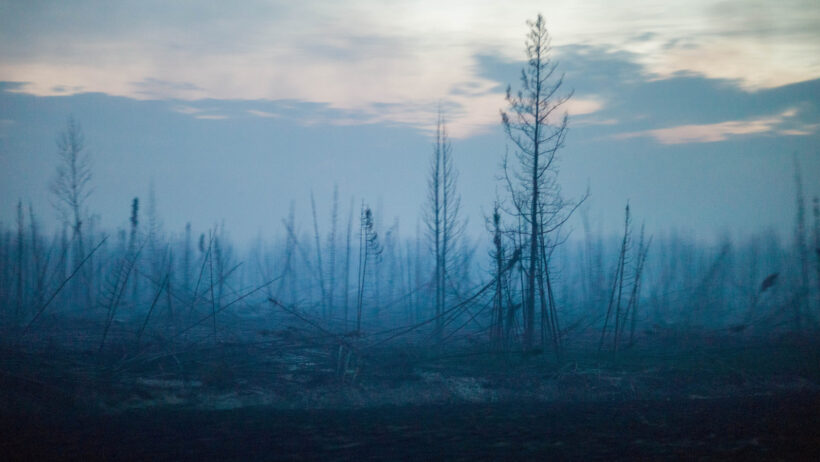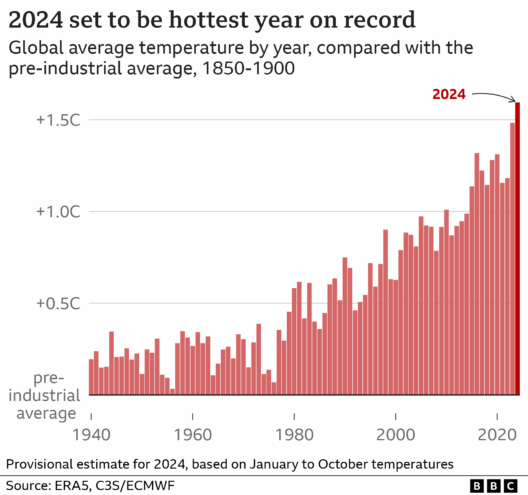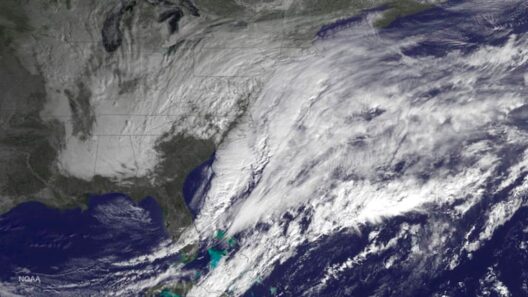The tundra, a breathtaking yet fragile ecosystem, often elicits a whimsical question: What happens when the extreme cold meets unprecedented warmth? This intriguing paradox lays the foundation for understanding the precarious state of the tundra as global warming continues to escalate. With its vast, treeless plains and unique flora and fauna, it is a biome that embodies resilience but faces existential threats from a changing climate.
The tundra, characterized by its permafrost and short growing seasons, is one of the most sensitive ecosystems on Earth. Situated primarily in the Arctic regions, it is a biome where temperatures can plummet to remarkable lows, and sunlight may barely penetrate the horizon during winter months. This harsh environment hosts an array of distinct species adapted to survive the challenging conditions. Notably, migratory birds, caribou, and Arctic foxes have evolved intricate adaptations that enable them to thrive in this inhospitable realm. However, the very characteristics that allow these species to survive are now at risk as climate change unfolds.
Global warming is primarily driven by the accumulation of greenhouse gases in the atmosphere, resulting from human activities such as fossil fuel combustion and deforestation. As global temperatures rise, they lead to a series of cascading effects that threaten the delicate balance of the tundra ecosystem. Melting permafrost is one of the most critical concerns. Permafrost, the permanently frozen layer beneath the surface, holds vast quantities of carbon. As it thaws, this carbon is released into the atmosphere in the form of carbon dioxide and methane, intensifying the greenhouse effect and creating a feedback loop that exacerbates climate change.
The ramifications of permafrost thaw are multifaceted. For one, it alters hydrology, affecting water tables and leading to changes in vegetation patterns. Species that depend on specific plant communities may struggle to adapt to the new landscape. Furthermore, the loss of habitat can lead to decreased biodiversity, as some species may not be able to migrate or acclimatize to altered conditions. This presents a challenge: can these species effectively adapt to their rapidly changing environment, or will they succumb to the escalating pressures?
Moreover, as temperatures rise, the tundra’s growing season becomes longer, allowing for the proliferation of certain plant species, particularly shrubs and grasses. While this may initially seem beneficial, the encroachment of these species can lead to increased competition for resources among native flora, further stressing the ecosystem’s already fragile balance. The introduction of invasive species also poses significant threats, as they may outcompete native species for nutrients and space, ultimately altering the ecosystem’s composition.
Animal populations face similar challenges. Traditionally adapted to life in a cold environment, species such as the Arctic hare and snowy owl may find their food sources dwindling and habitats contracting. This leads to concerns about their survival and reproductive success. For instance, the timing of breeding seasons is intricately linked to seasonal food availability. If warming trends disrupt this synchronicity, it could lead to mismatches in food supply and reproductive cycles, potentially resulting in population declines. The question then arises: are these species capable of adapting quickly enough to the changes in their environment, or are they destined to face extinction?
An equally alarming effect of global warming on the tundra is the increase in wildfires. The warmer climate contributes to dryer conditions, making the tundra more susceptible to fires, which were once a rarity in this biome. When wildfires occur, they not only destroy vast areas of vegetation but also release additional carbon stores that have been locked away in the soil and plant materials, again feeding the vicious cycle of climate change. The loss of vegetation disrupts local ecosystems and can have cascading impacts on food webs and nutrient cycles.
The melting of glaciers in tundra regions not only contributes to rising sea levels but also alters local habitats and water supplies. Glacial meltwater is a crucial freshwater resource for both local populations and ecosystems. As glaciers shrink, the availability of this vital resource decreases, exacerbating water scarcity issues. This raises further questions: How will communities that rely on these water sources adapt? What strategies can be employed to manage dwindling resources as the tundra landscape transforms?
Mitigating the impacts of climate change on the tundra requires a multidimensional approach. Enhanced policies aimed at reducing greenhouse gas emissions are paramount. Transitioning to renewable energy sources, implementing sustainable land-use practices, and promoting conservation initiatives can help safeguard this unique ecosystem. Additionally, global cooperation is essential. Every nation has a role to play, as the effects of climate change are interwoven and transcend borders. Collective action is not only vital for preserving the tundra but for ensuring a sustainable future for all of humanity.
Education and awareness are equally crucial. Understanding the importance of the tundra and its role in global ecology fosters a sense of responsibility toward preserving it. Engaging communities in conservation efforts can lead to increased stewardship, ensuring that local voices are heard in policy discussions. By raising awareness about the challenges facing the tundra, we can ignite a passion for protection and inspire action at both grassroots and governance levels.
In conclusion, the tundra faces profound challenges in the wake of global warming. As temperatures rise and ecosystems shift, the survival of its unique flora and fauna hangs in the balance. Addressing these issues requires collective action and a commitment to sustainable practices. The whimsical question posed at the outset encapsulates the gravity of this situation: can this intricate ecosystem navigate the complexities of climate change, or is it already teetering at the brink? The answers to these questions will shape the future of not only the tundra but also the global environment as a whole.
